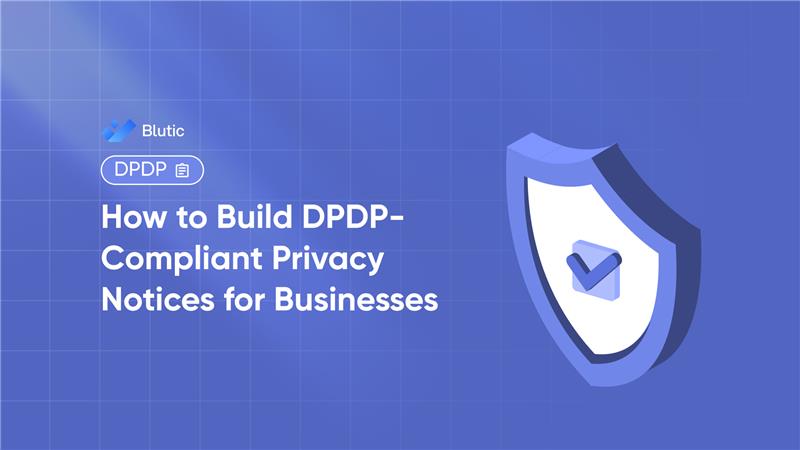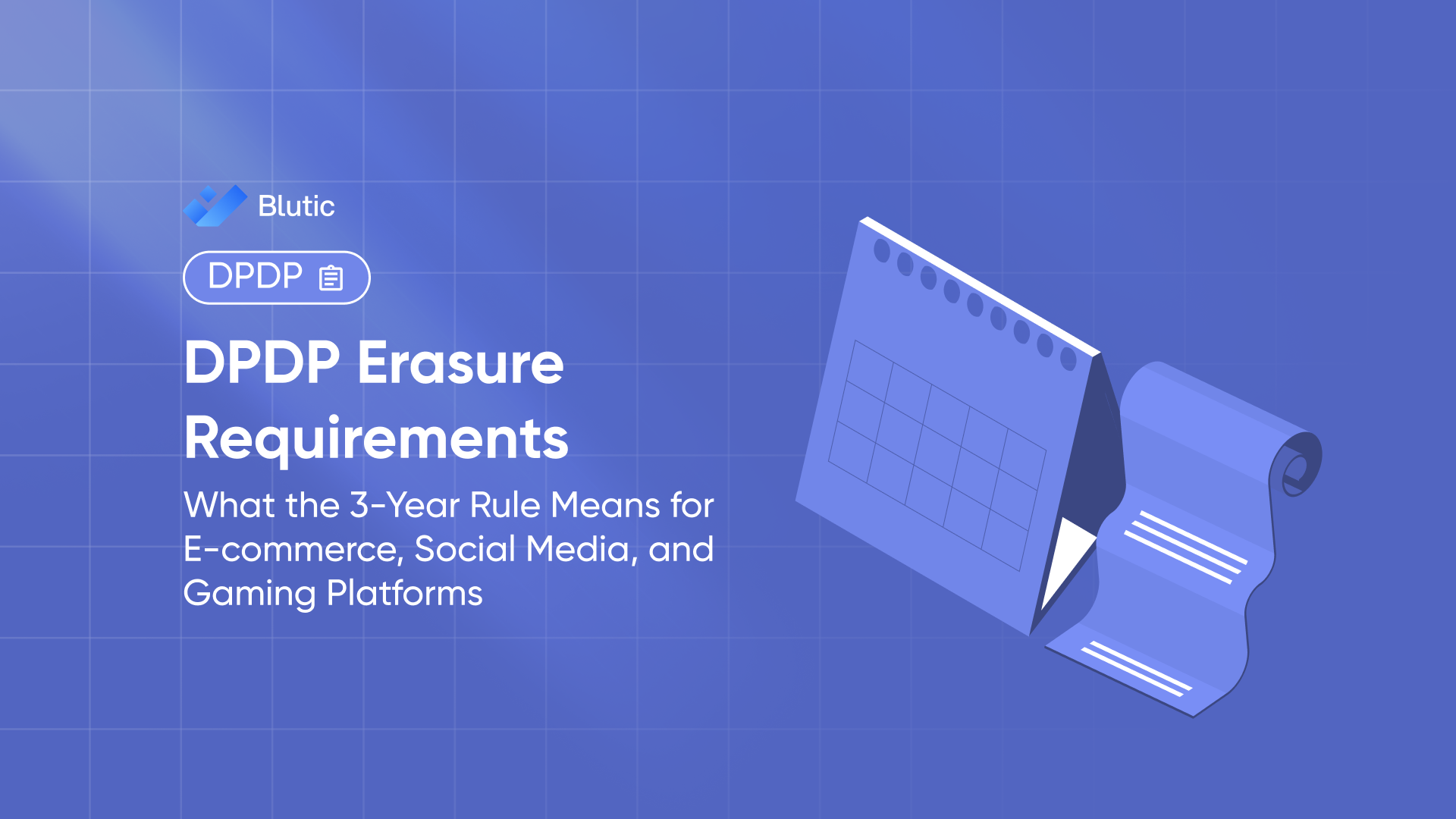How to Build DPDP-Compliant Privacy Notices for Businesses

How to Build DPDP-Compliant Privacy Notices for Businesses
Introduction: Why Privacy Notices Matter More Than Ever
With the Digital Personal Data Protection Act (DPDPA) now in force, Indian businesses must rethink how they communicate data practices to users. A key requirement? Clear, concise, and accessible privacy notices.
Whether you're an e-commerce platform, a fintech startup, or a SaaS provider, your privacy notice is the first window into how seriously you take compliance and user trust. But under DPDP, it’s not just a formality it’s a legal obligation.
What the DPDP Act Says About Privacy Notices
According to the official Digital Personal Data Protection Rules, 2025, a Data Fiduciary (your business) must ensure that every notice related to consent or data processing:
- Is available in English and at least one regional language (as per the Eighth Schedule of the Constitution).
- Is written in clear, plain, and simple language no legalese or complex terms.
- Is accessible to persons with disabilities.
- Clearly explains what data is collected, for what purpose, how it will be processed, and how users can exercise their rights.
Section 5(1) and Section 6(1) of the Rules provide the detailed compliance framework around this.
What Your Privacy Notice Must Include
To be DPDP-compliant, your privacy notice must include:
- What personal data is being collected like names, emails, phone numbers, IP addresses, etc.
- Why the data is being collected e.g., analytics, personalization, targeted advertising.
- The lawful basis for processing the data (typically, verifiable consent).
- Who the data will be shared with including third-party processors.
- How long the data will be stored (data retention policies).
- How users can withdraw consent or update their preferences.
- How to contact the Data Protection Officer or Grievance Officer.
Common Mistakes to Avoid
Many businesses unintentionally violate DPDP rules by:
- Using dense legal language that’s hard to understand.
- Tucking privacy notices inside lengthy terms and conditions.
- Not offering the notice in a regional language.
- Skipping disability-friendly formatting or screen-reader compatibility.
- Not stating withdrawal or redressal mechanisms clearly.
These mistakes can lead to enforcement actions or even penalties of up to ₹250 crores under the DPDP Act.
Best Practices for Creating User-Centric Privacy Notices
- Use short paragraphs and bullets to improve readability.
- Display the notice upfront before consent is taken.
- Make the design clean and mobile-friendly.
- Offer a link to a detailed privacy policy while keeping the core notice brief.
- Provide notice in at least one local language and English.
- Allow users to revisit or modify their choices later.
-
How Blutic Helps Businesses Create Compliant Notices
Blutic simplifies the entire consent and privacy notice process by offering:
- Auto-generated and customizable privacy notices in multiple languages.
- Accessibility features built in for screen readers and mobile responsiveness.
- Easy integration across website builders (Shopify, WordPress, WooCommerce).
- Real-time audit trails that track when and where notices were shown and consent was collected.
- Instant updates across platforms whenever privacy practices or legal requirements change.
Whether you're a startup or an enterprise, Blutic acts as your plug-and-play privacy compliance engine.
A privacy notice is more than a checkbox. Under DPDP, it’s a legal commitment to transparency, accountability, and user empowerment.
Now is the time to review your privacy notices and upgrade them to meet India’s new data protection standards. With platforms like Blutic, Indian businesses can deliver seamless, DPDP-ready privacy experiences that build trust and protect against penalties.
Frequently Asked Questions
More Blogs
Get the indise scoop: the latest tips, tricks, & product updates
%20.png)




